The following visual grammar was developed by Mercè M. Tarrés (Guerrilla Media Collective), from an initial graphic proposal suggested by Frederica Di Pietri and Chiara Rovescala.
- Each illustration contains two layers of information.
- The first layer is the sphere around which the dots and squares move,
representing the context of commoning. - The dynamic layer contains the dots and squares that wrap around
or move through the sphere, representing the subject/agent and
predicate/action.
Layer 1: Sphere
Action takes place inside, between, and around one or more semitrans- parent spheres.
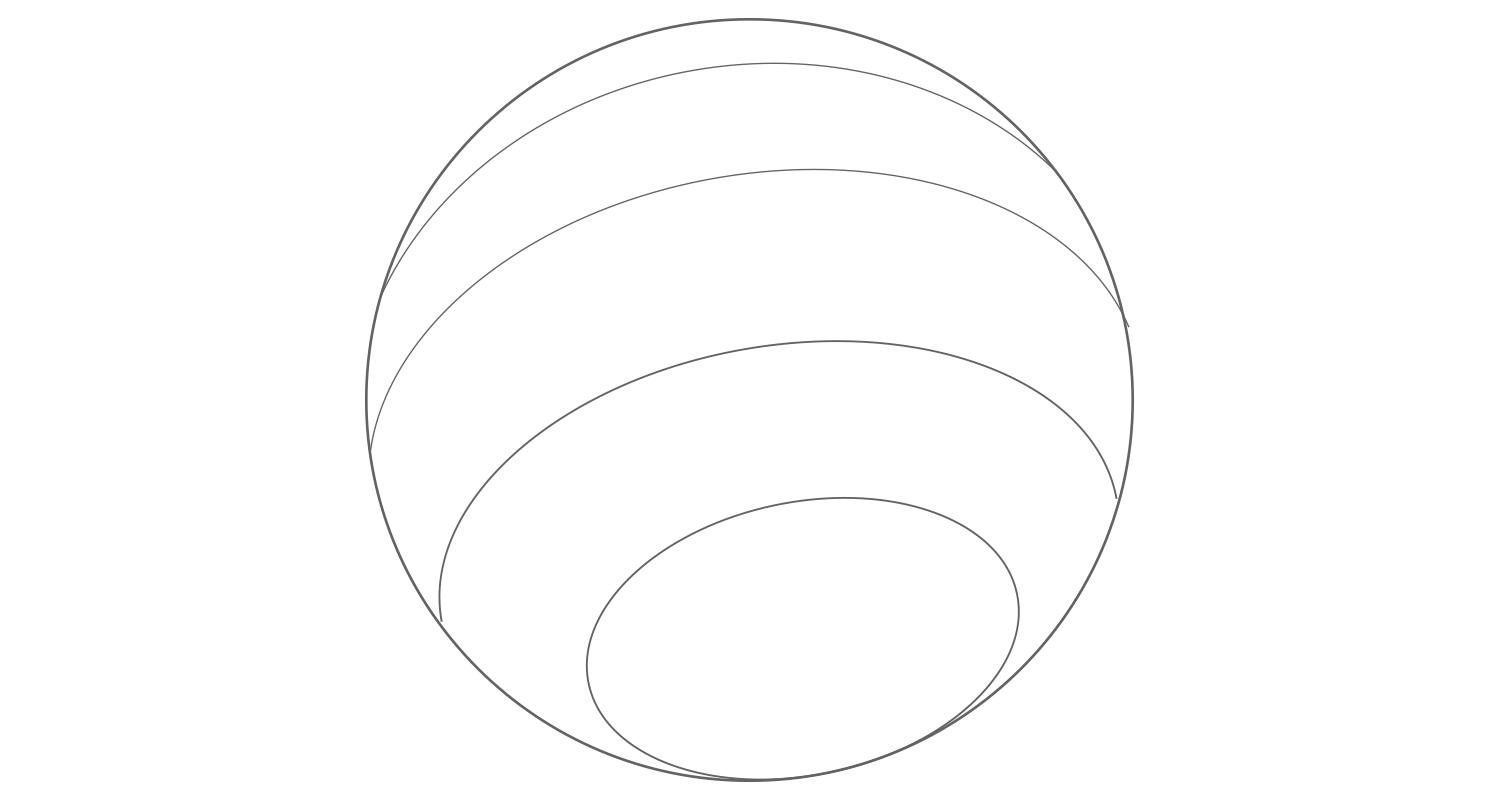 Our sphere is the commons, shaped and represented by a dynamic texture of dots and squares: a diversity of realities, commoners par- ticipating in interdependent relationships with the world outside the commons.
Our sphere is the commons, shaped and represented by a dynamic texture of dots and squares: a diversity of realities, commoners par- ticipating in interdependent relationships with the world outside the commons.
Commons
- “They are COMPLEX, ADAPTIVE, LIVING PROCESSES that gen- erate wealth and meet people’s needs.”
- In contrast, the capitalist system (or its elements) is represented by squares without hue, gradient or texture.

Commoning
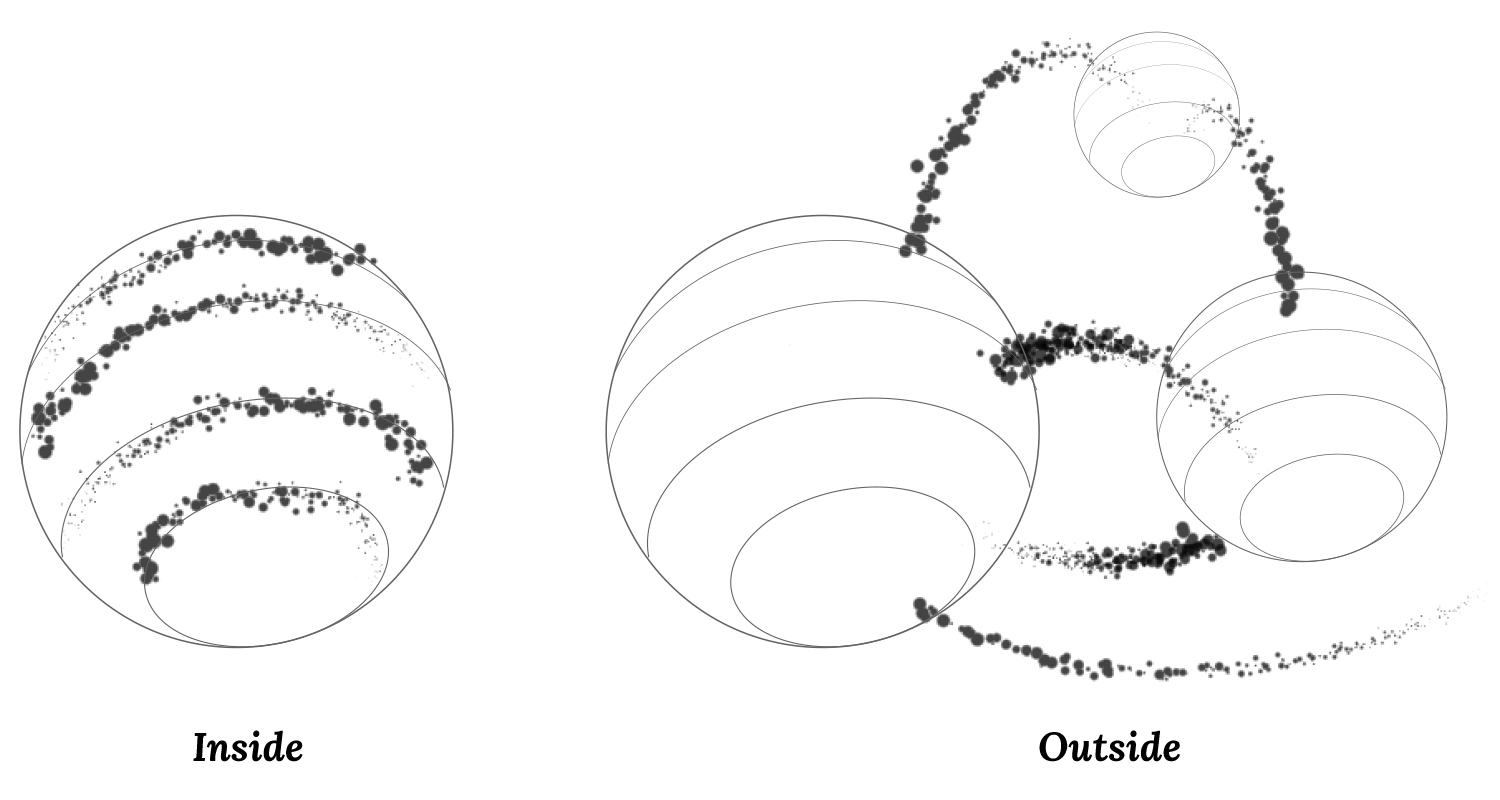
Inside
- People devising and enacting situation- specific systems of PROVISIONING and PEER GOVERNANCE
- Within a single commons
- Local
Outside
- People, things, or ideas inter- acting with the outside (e.g., the market system)
- Among various commons
- Global / network / federation
The sphere and the dot are abstract representations of the individual and the commons. Both are dynamic (non-static) and represented as circular. Both exist in (relational) singularity and plurality.
“’I am because we are and, since we are, therefore I am.’
The individual is part of a ‘we’ — and in fact, of many ‘we’s’. The two are deeply intertwined.”
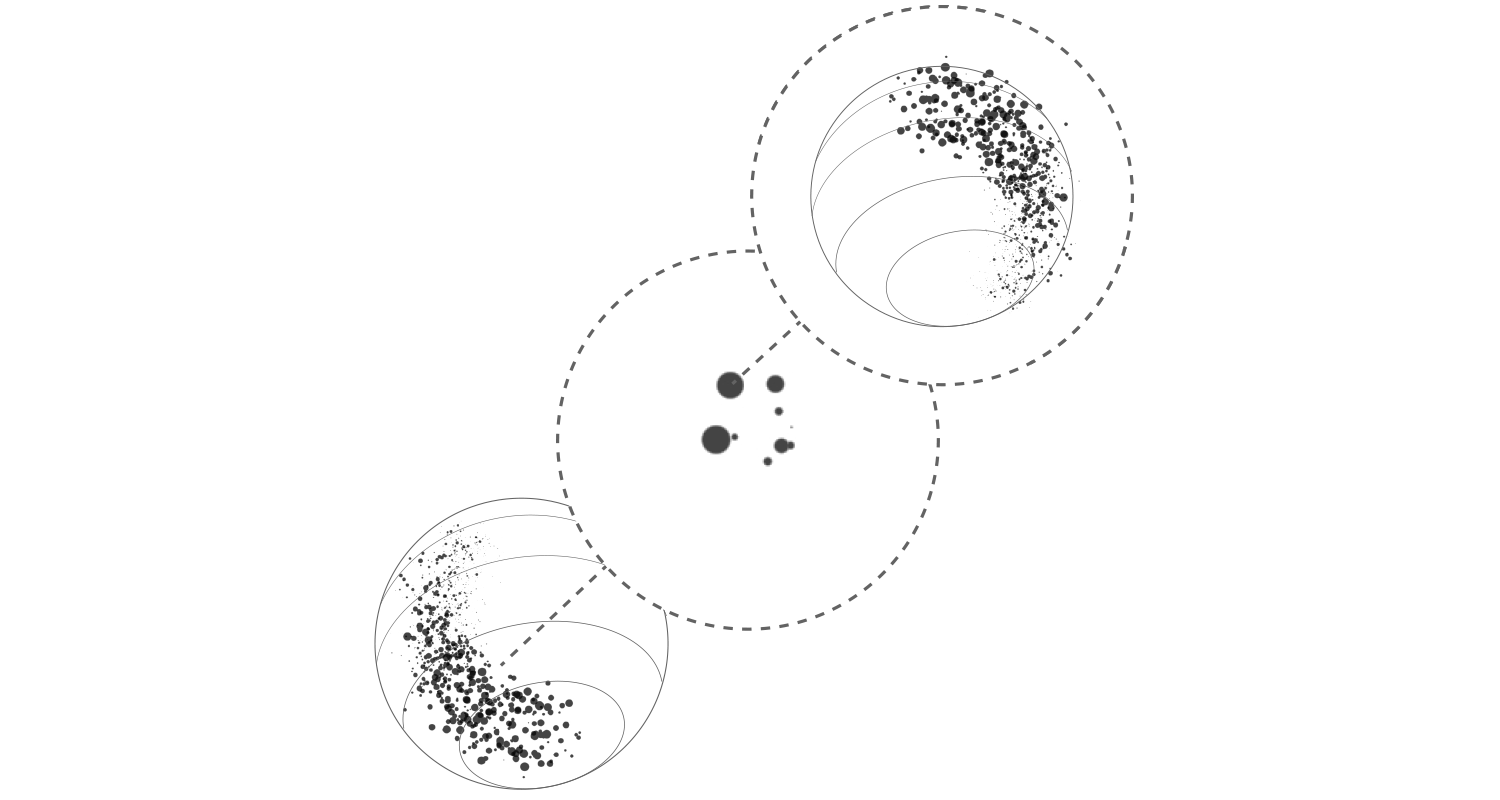
Layer 2: Dots and Squares, Flows and Areas
Commoners
“An identity and social role that people acquire as they practice COMMONING.”
Communion
“The process through which COMMONERS participate in interdepen- dent relationships with the more than human world.”
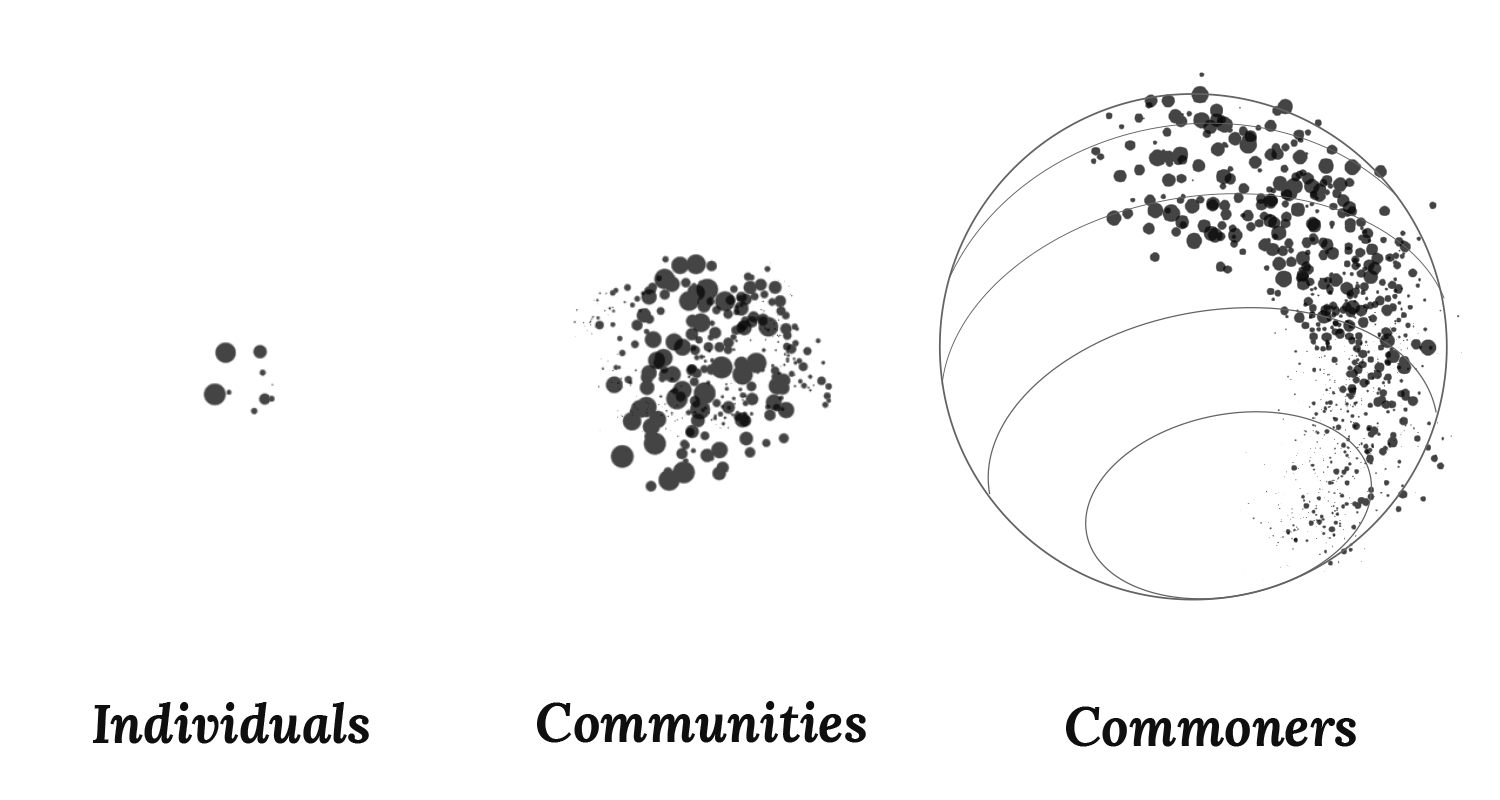
Dots and squares come together as flows and areas, suggesting spaces inside and outside the spheres.
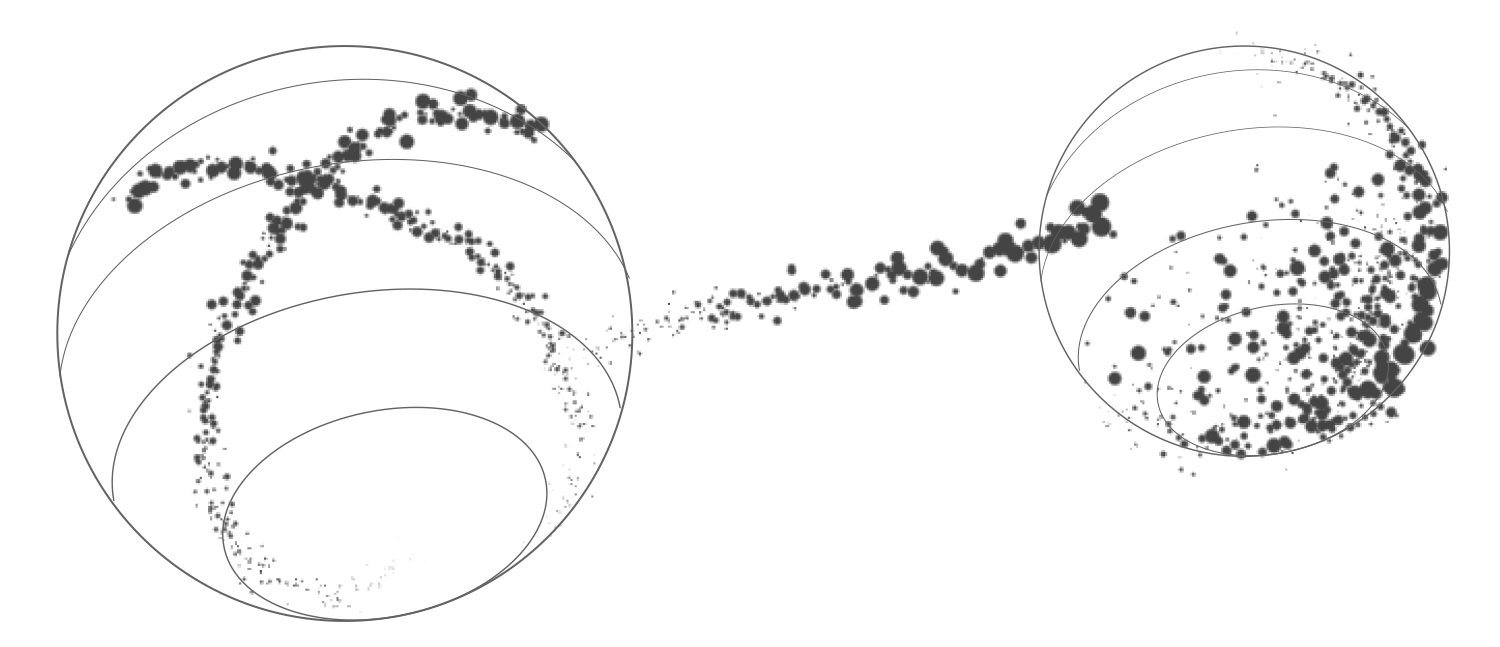
Flows of dots and squares represent connections, relations, directions, concrete actions, and spaces. Flows diffuse into wider areas.
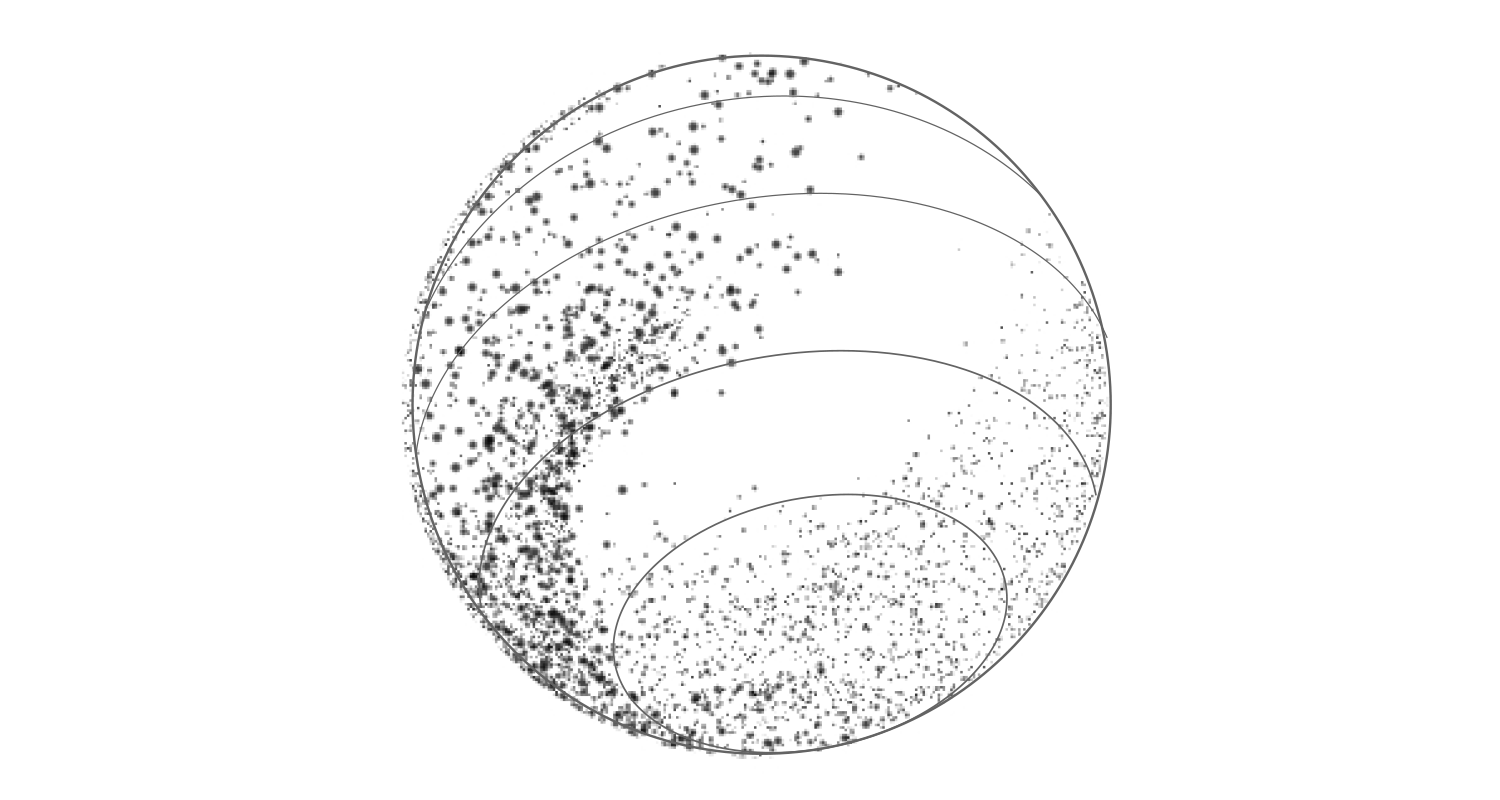
Areas of dots and squares wrap around or move through the sphere, creating dynamic shapes.

Size = diverse realities
The size of the elements expresses different realities. Dots and squares, flows and areas behave in different manners.

Density = power
Density is achieved by increasing the volume of the elements, overlap- ping and reducing the space between them.

Movement/shift = aliveness
“Comets” = direction. Direction is achieved through flows of dots pro- gressively decreasing in size. The “head” of the “comet” is formed by larger dots and higher density.

Organic vs. ordered configurations = Free vs. ruled activities/relations
All of these elements graphically depict relational dynamics.
“Since each is constantly evolving and affected by multiple influences, the world has no singular definition or representation … It [is] a pluriverse — a diversity of living, dynamic social organisms that are conjoined by our common humanity and interdependence on other life-forms and the Earth.”
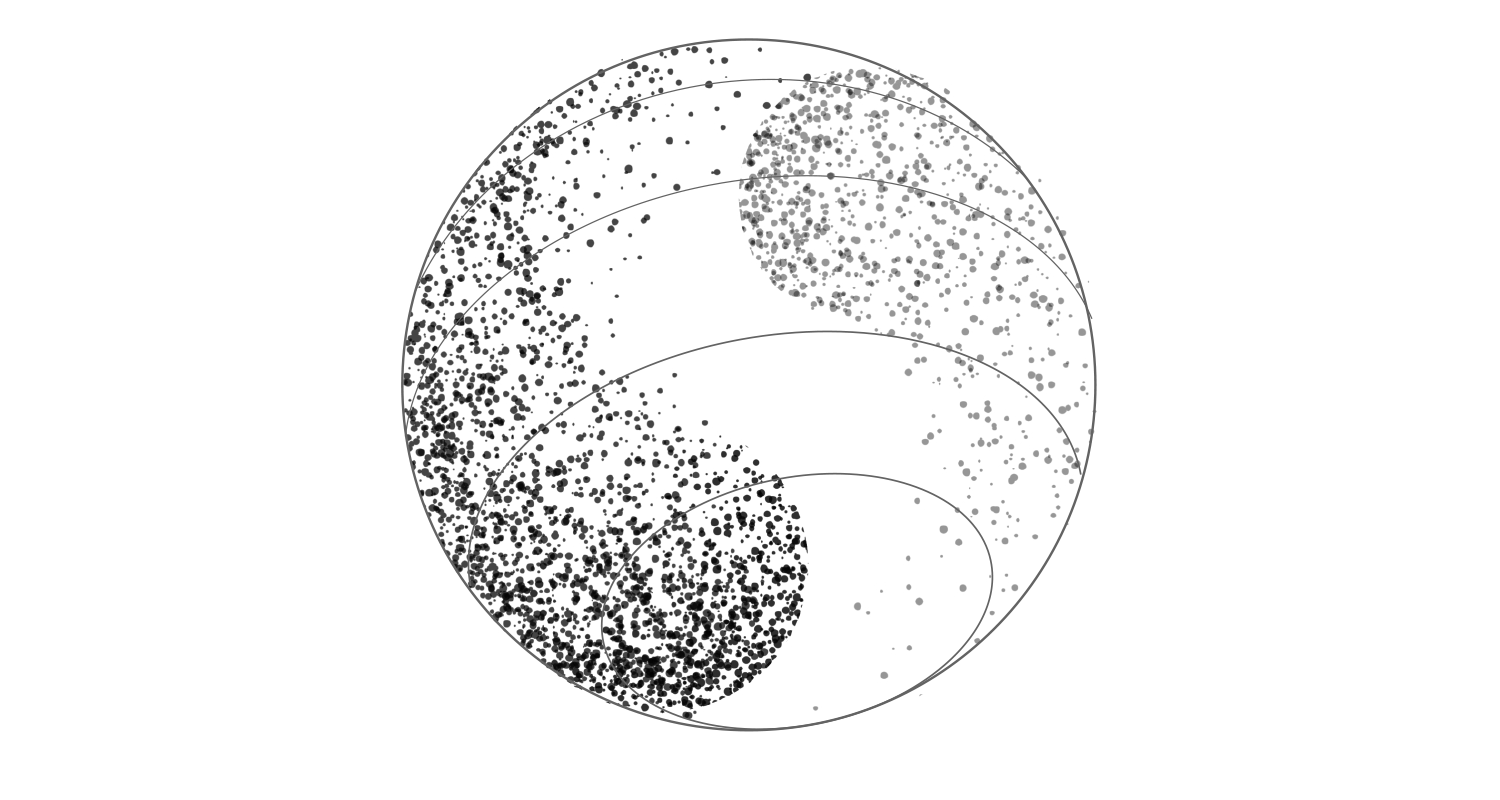
***
Types of relational dynamics expressed by patterns and their graphic
translation
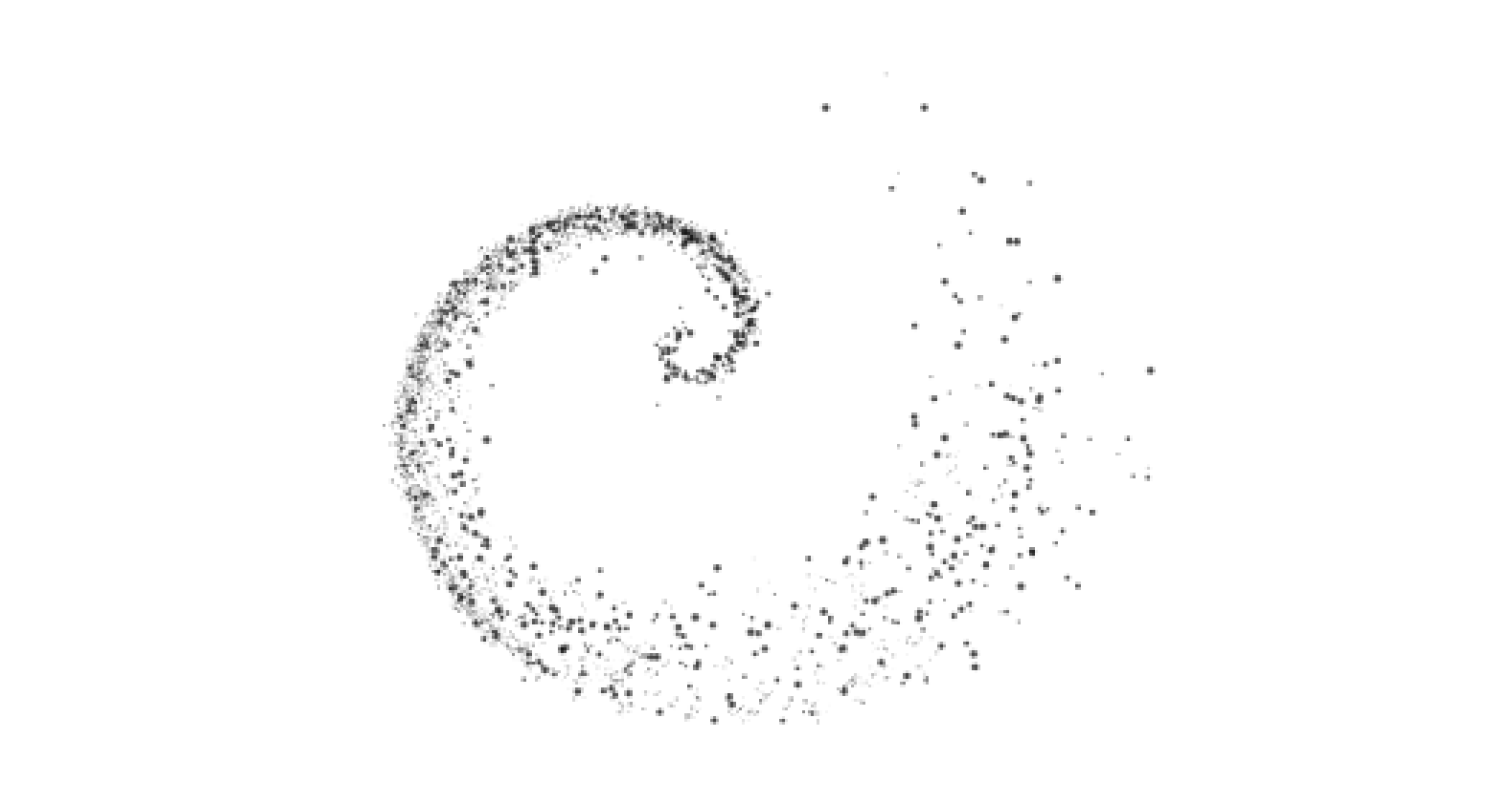
Convergent dynamics are expressed through spiral configurations.
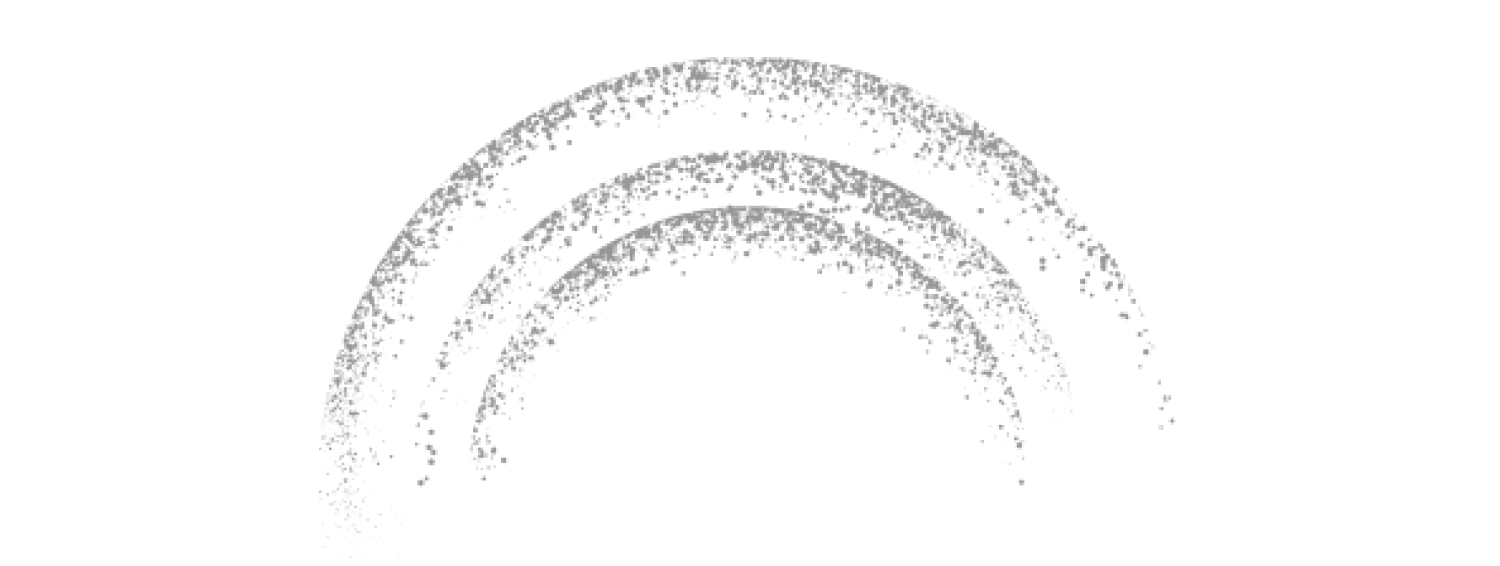
Analysis/reflection dynamics are expressed through concentric circles/ eye configurations.
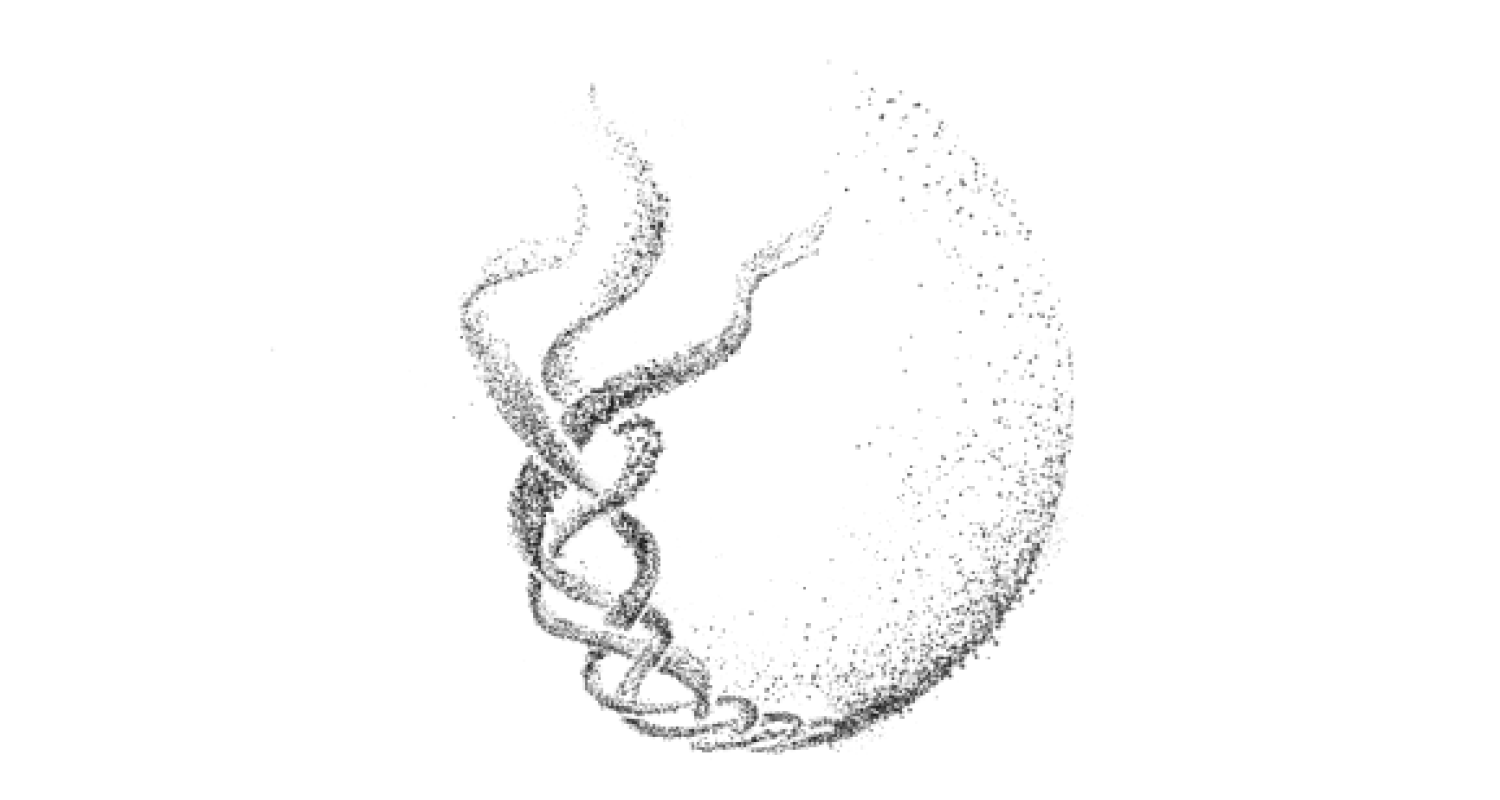
Making together and provisioning dynamics are expressed through braided configurations.
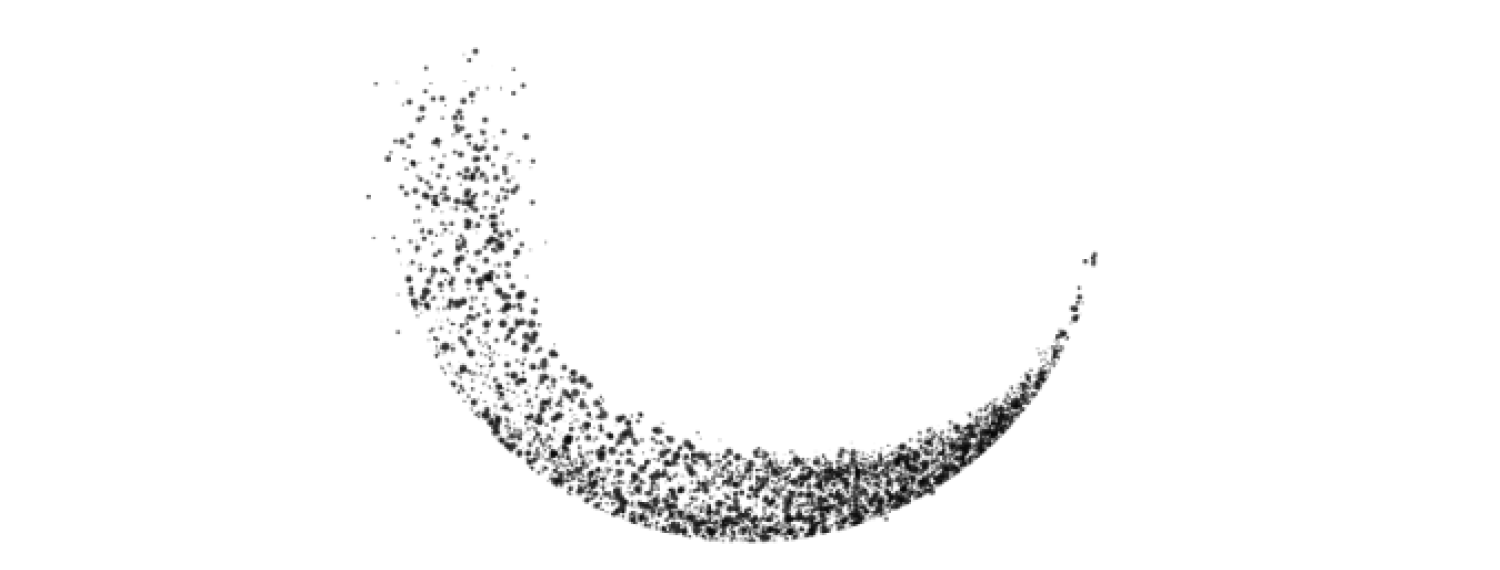
Sharing/dividing-up dynamics are expressed through wave configura- tions.
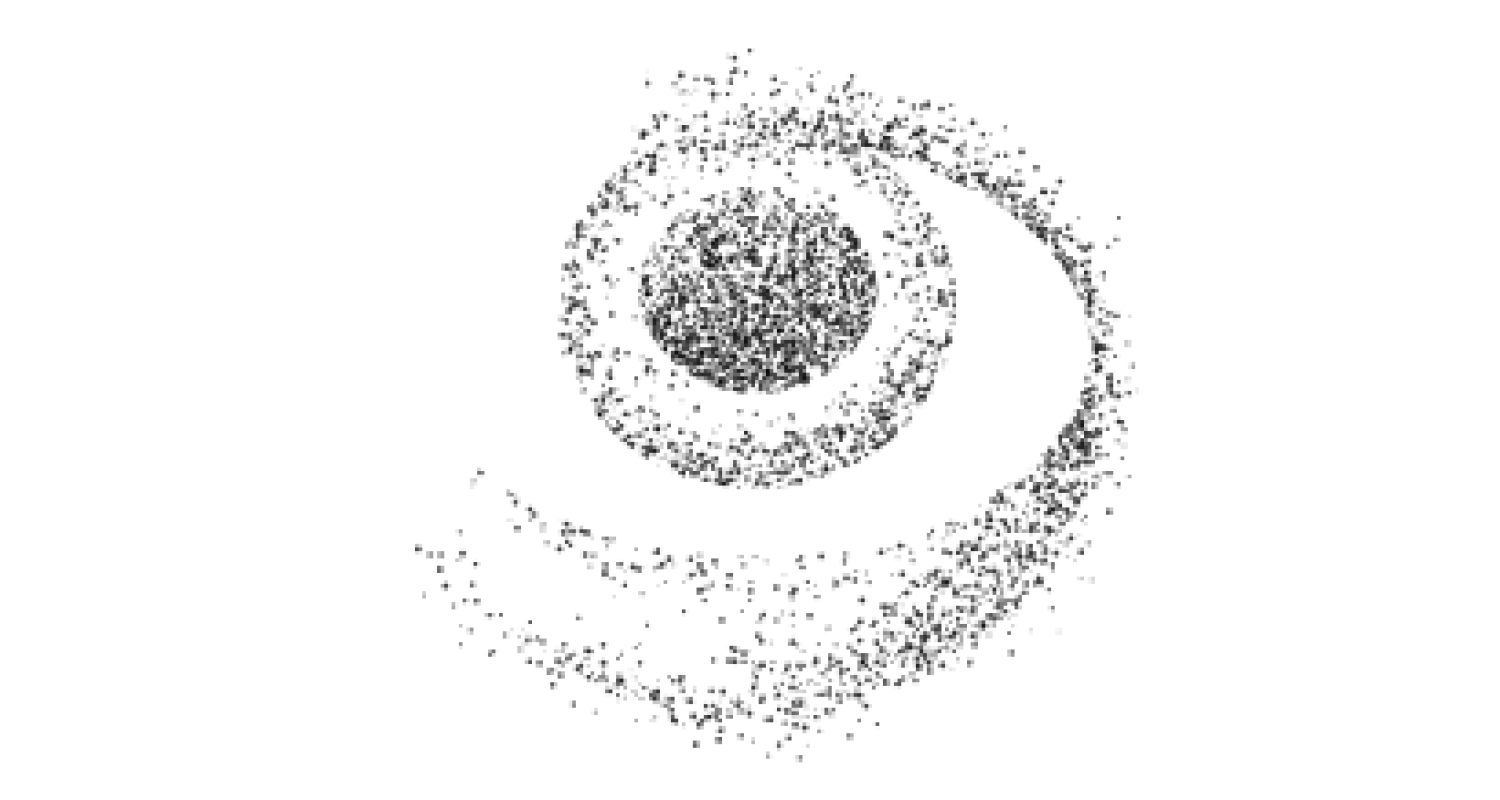
Dynamics related to love (trust, care …) are expressed through concave configurations (as a nesting/nurturing reference).
Mercè M. Tarrés, from an initial graphic proposal suggested by Frederica Di Pietri and Chiara Rovescala
Barcelona, Spain January 2019
N.B. All images © Mercè M. Tarrés, 2019, licensed under a Peer Production License (https://wiki.p2pfoundation.net/Peer_Production_ License).
